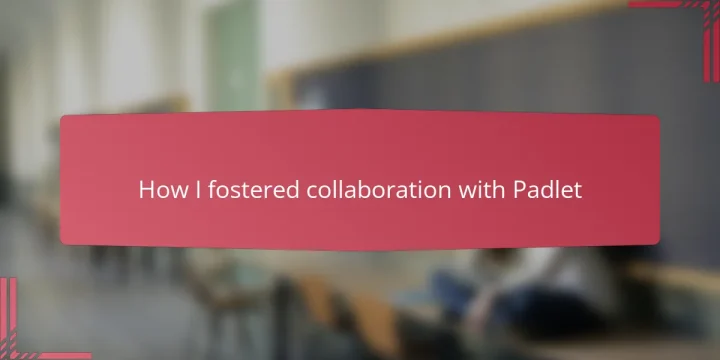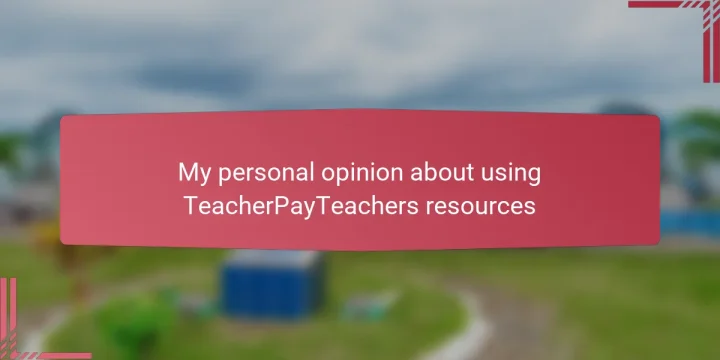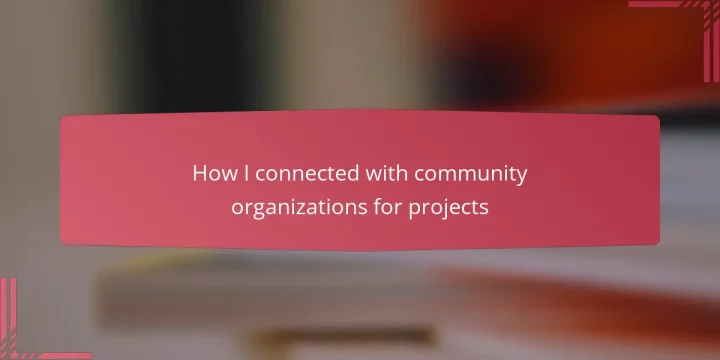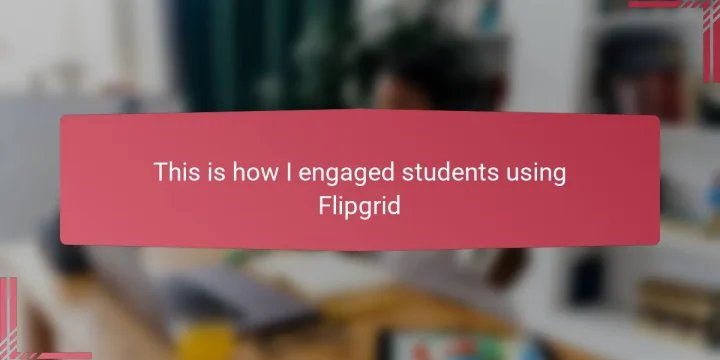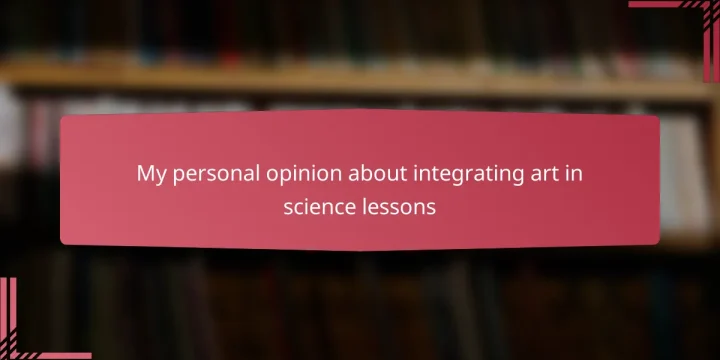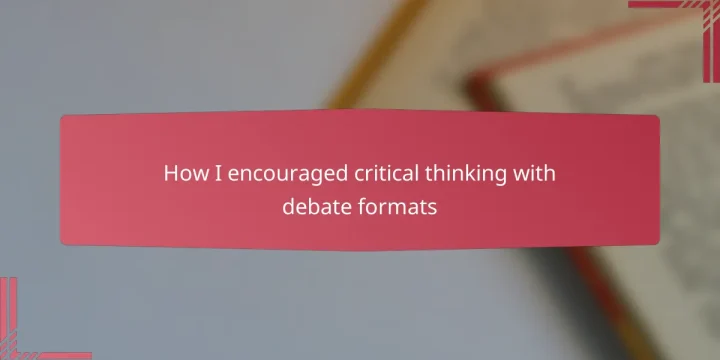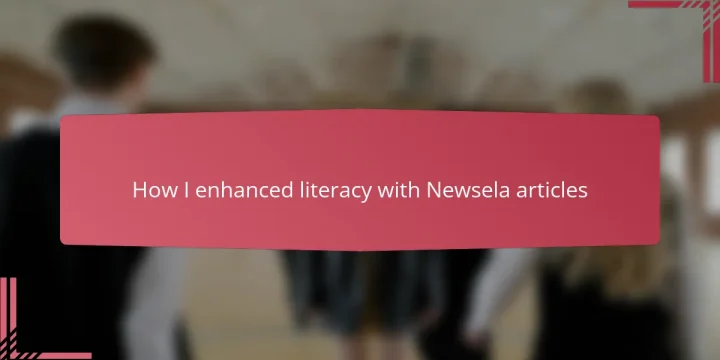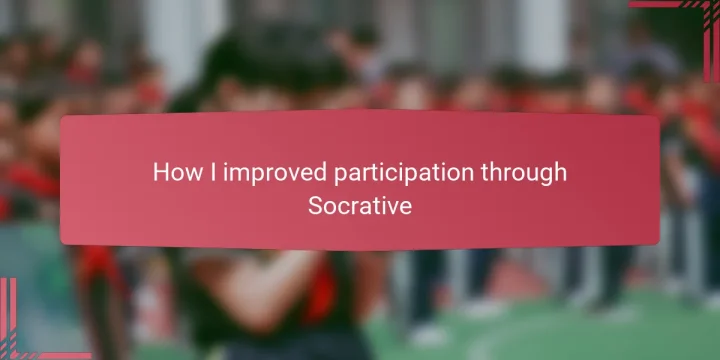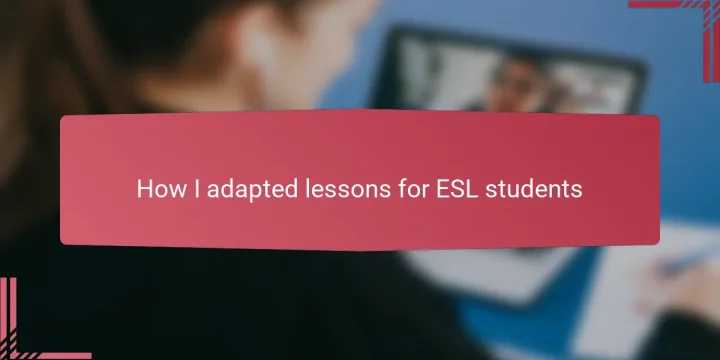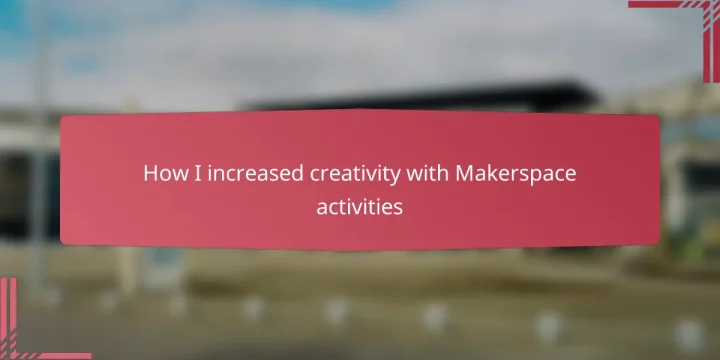
Key takeaways Activist teacher resources empower educators to inspire critical thinking and engage students in real-world issues, fostering a deeper understanding of social justice. Makerspace activities enhance creativity, collaboration, and resilience, allowing students to experiment freely and embrace failure as a part of the learning process. Creating an effective Makerspace involves intentional arrangement of space and diverse materials to encourage exploration and innovation among students. Measuring creativity growth can be done through observing problem-solving approaches, incorporating self-reflection prompts, and evaluating collaboration and risk-taking in projects. Understanding activist teacher resources Activist teacher resources are more than just lesson plans or activities; they are tools for change. From my experience, these resources empower educators to challenge the status quo and inspire critical thinking in students. Have you ever wondered how a simple…
